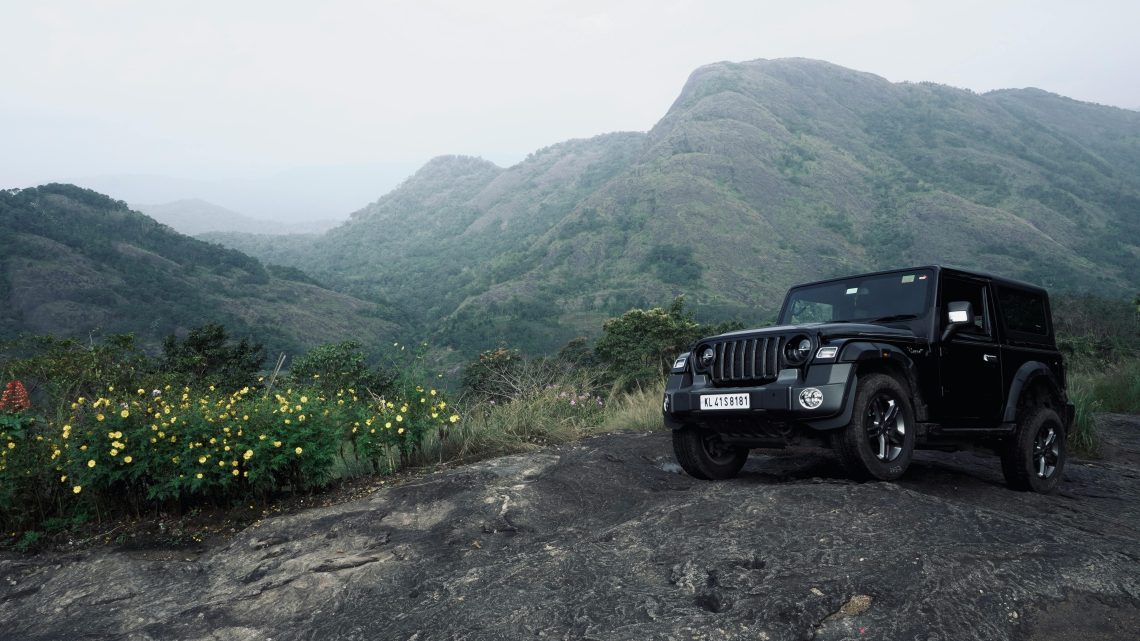Driving off the road can be a thrilling adventure that offers an opportunity to escape from daily life’s bustle. If you are an experienced off-roader or a novice trying to run yourself into a great adventure, you must always be conscious of safety.
Why is it Important to Understand The Rules of Off-Roading?
In off-roading, one faces unique obstacles and the best way to enjoy the adventure is by being prepared. In this post, we want to talk about ten important safety rules of off-road driving which help you to drive safely on rough roads and reduce the risk of accidents. If you’re the victim of an off-road accident caused by negligence, you are entitled to compensation. A Kansas City personal injury attorney will advise you on your rights and options should you decide to move forward with your accident injury claim.
Ten Tips for a Safe Off-Roading Experience
- Know Your VehicleWhen going off-road, it is important to know what your vehicle can and cannot do. Get to know the characteristics of an off-road vehicle, such as four-wheel drive configurations, ground clearance, and approach/departure angles. For more precise guidance on off-road terrain operation and maintenance, refer to your vehicle owner’s handbook. Your intimate knowledge of your vehicle will enable you to make educated choices especially when traversing tough terrains.
- Carry out maintenance checks regularly: Off-road safety requires maintaining your vehicle in perfect condition. Check the engine, brakes, tires, and suspension regularly. Make sure that all fluids are at the appropriate levels, and check the undercarriage for damage. However, an appropriately maintained vehicle is more robust and less likely to fail on a rough terrain trip.
- Choose The Right Tires: It is essential to choose proper off-road tires for traction and control. Remember the specific terrain and select appropriate tires for it. Tire pressure matters as well – reduce it while moving on uneven grounds to improve the contact. Recall also, that upon returning to the road, you have to inflate the tires to a proper pressure for on-road driving.
- Plan Your Route: First, figure out the plan and inform someone about your schedule before going onto the trail. Look into the terrain, the obstacles, and the possible challenges ahead. Mark any emergency escape routes, water sources, and campsites. Having a complete plan with you guarantees that you stay on the designated trails to minimize the chances of getting lost or encountering avoidable things.
- Drive at a Safe Speed: Off-road driving is not competitive, and it is dangerous to drive faster on rough surfaces. Do not drive recklessly, especially when driving through complex barriers. In approaching turns, descents, and steep inclinations, slow down. Drive at a reasonable speed to have a quick reaction to unexpected obstacles and improve of overall control of a car.
- Use seat belts and protective gear: As in the case of paved roads, the use of seat belts in off-road driving is not adjustable. If there are sudden stops or unknown challenges with the terrain, occupants remain fastened in their seats by seat belts. Moreover, remember to dress properly using necessary safety equipment such as helmets, particularly during rock crawling or trail biking activities. Off-roading safety equipment serves as a backup in case of accidents.
- Be Mindful of Environmental Impact: Off-road responsible driving means limiting your impact on nature. Try to stay on marked trails so as not to damage vegetation, and not to disturb the habitats of the animal life. Never stray from old routes and never create new ones. Carry out all garbage, and if needed for nature calls, only use designated restrooms or leave no trace to dispose of waste.
- Understand Off-Camber Situations: In off-road driving the vehicle is on off-camber terrain, which means that the vehicle tilts to one side. The ability to navigate off-camber is imperative for stability. When driving through these regions, ensure that you are not parallel to them and that you maintain a low center of gravity and a moderate traveling speed. Exercise caution with your driving because the vehicle may lean.
- Use a Spotter in Challenging Situations: In the case of tough challenges, having a spotter outside the vehicle can provide helpful advice. A spotter can assist you in maneuvering in small areas, avoiding obstructions, and guiding easy passage through troublesome terrains. Beforehand, establish clear communication signals to enable proper coordination between the driver and the spotter.
- Carry essential recovery equipment: However, the most common risks involved in off-road adventures are either getting stuck or getting into an area where help is needed. Bring necessary recovery gear including a tow strap, recovery boards, a high-lift jack, and a portable air compressor. Know the correct usage of these tools and are ready for self-recovery in case of necessity. Moreover, it is advisable to travel with a travel companion or with a group of people for more security.
Through these ten mandatory safety tips, you can ride an All-Terrain Vehicle without endangering not only your health but also your companions’ and the surrounding nature. Note that safety is not only an ending point but a journey that will make your off-road trip better.




No Comment